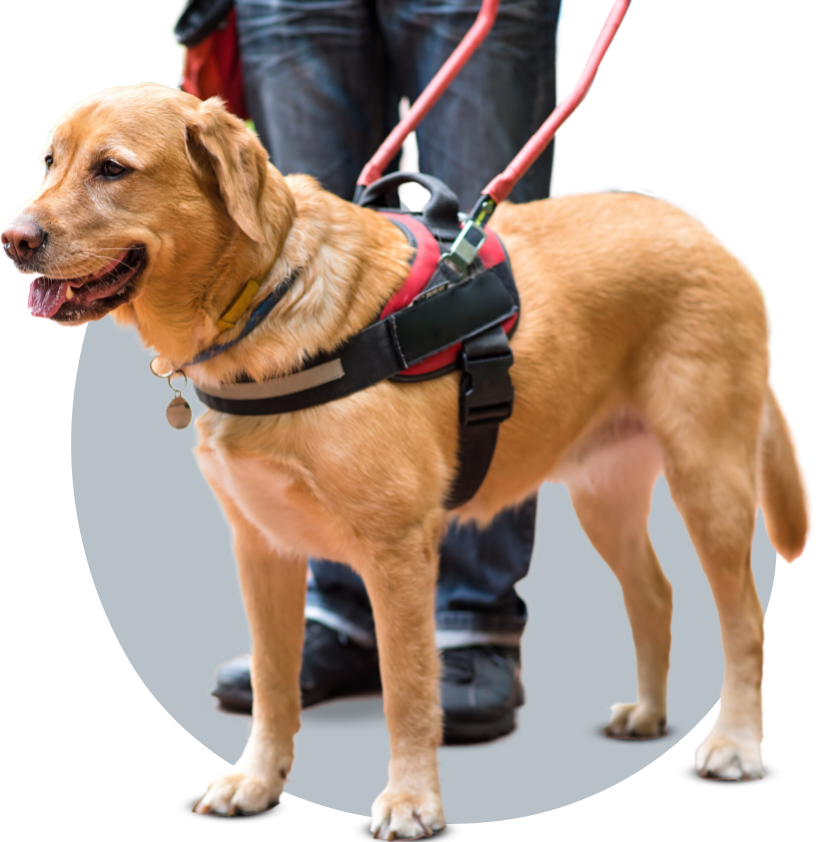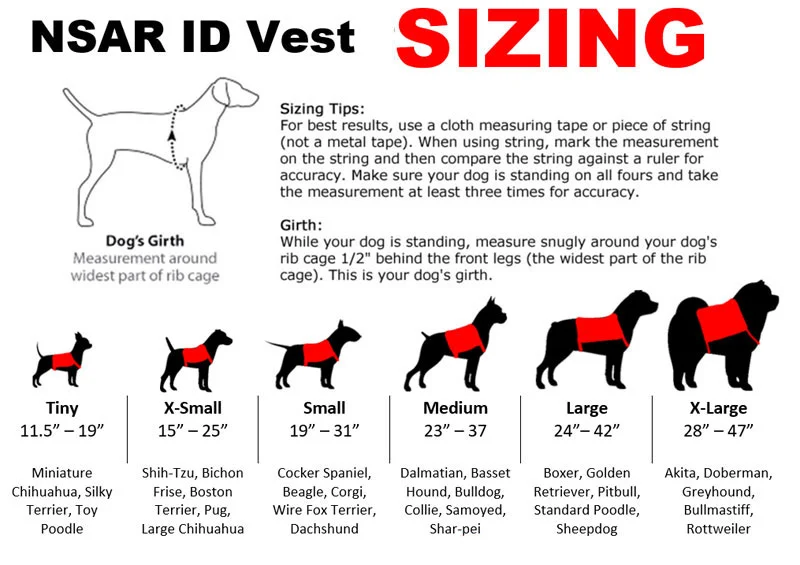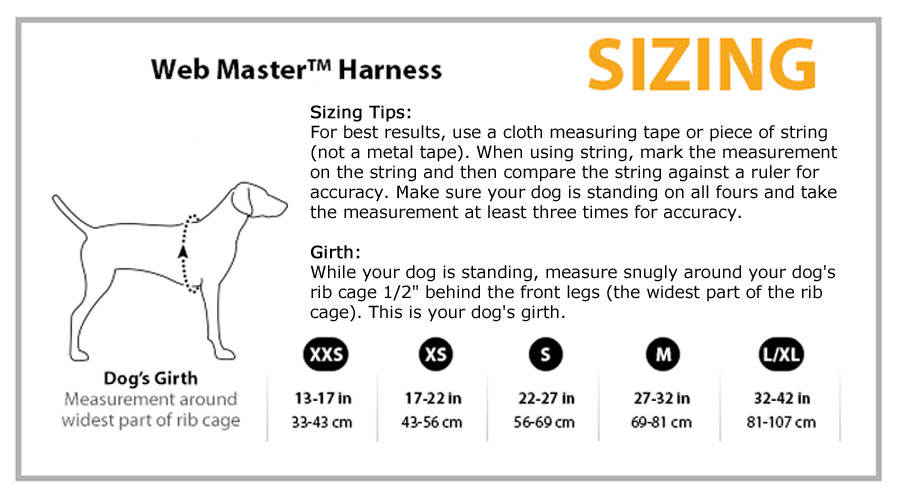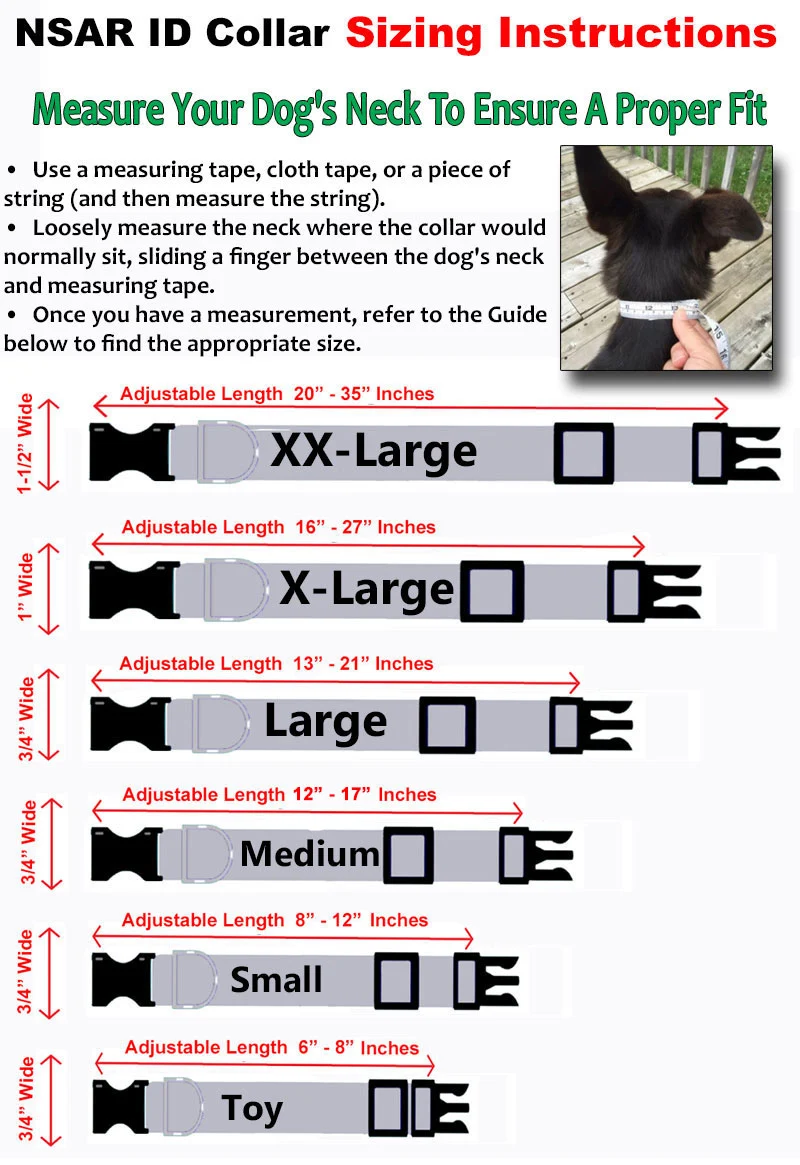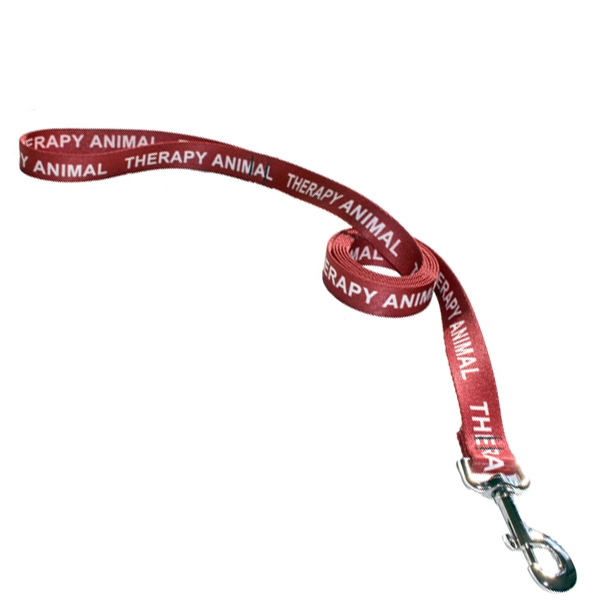What Is a Service Dog Exactly?

When you think of the term “service dog,” an image likely comes into your head of a dog in a red vest and harness. They’re likely a large breed of dog, and they may be assisting someone with an obvious disability, such as someone who is blind or in a wheelchair. While this image is not incorrect, it is a very limited view of what makes a service dog a service dog. Keep reading to learn what a service dog really is and what it takes for a dog to qualify for this title.
The Legal Definition
Legally speaking, a service dog is a dog that has received specialized service dog training to perform tasks that assist people with disabilities. The dog is essential in helping the disabled individual to perform daily tasks without a human caregiver. Of course, the dog can also be a much-loved member of the family; however, first and foremost, they are there to get a job done and have received the necessary training to do so.
This means that, despite their importance to many people with mental and emotional disabilities, emotional support animals are not considered service dogs. This is because ESAs do not receive specialized training or perform set tasks that assist their owner; instead, they are a pet that provides a soothing presence to help people cope with symptoms related to anxiety, depression, PTSD, and other conditions.
Types of Service Dogs
It’s important to remember that not all disabilities are visible, and an individual may still have a condition that requires the assistance of a certified, registered service dog. Here are some of the more common types of service dogs that people use:
- Guide dogs for the blind or visually impaired
- Hearing dogs for the deaf or hearing impaired
- Mobility assistance dogs for those in wheelchairs or with other mobility limitations
- Seizure response dogs to help protect and assist individuals with seizure disorders
- Diabetes assistance dogs to alert owners of low or high blood sugar levels
Additionally, certain dogs may be trained to assist those with mental health or psychiatric issues. However, as noted above, these dogs are given task-specific training to assist with these disorders, rather than simply providing comfort. These tasks may involve intervening if the owner displays violent behavior, alerting parents to an autistic child in a dangerous situation, retrieving medication during a panic attack, and so on.

Rights of a Service Dog
Service dogs that have been trained and recognized by the service dog registry have certain rights that other dogs don’t. They can enter stores, restaurants, and other public areas where pets are not typically allowed. They can live with their owners in pet-free housing without being required to pay a pet fee. They can travel on planes and other public transportation with their owners. Business owners and workers are not legally allowed to question the handler regarding their disability but can ask if the dog is a service animal, as well as what task the dog has been trained to do.
If you would like to learn more about service dogs, emotional support animals, and the rights that extend to each of these, click the link above or contact us today.









































































